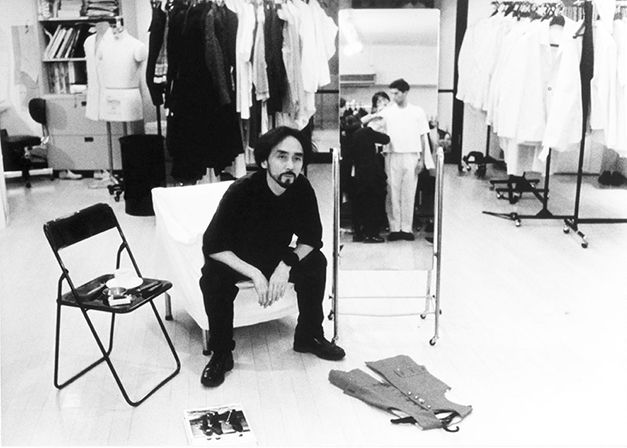
Movies are a very direct and immediate means to tell stories. In a society like ours, where the speed is one of the main features of everyday experience, movies are also used as means to document practices, fix moments and draw the attention of the public to particular issues. Many are the movies dedicated to fashion designers, whose cult seems to have reached its peak now, thanks to the aura of accessibility given by social media. Exploiting the communicative power of fashion, designers, in order to be effective on the market, put so much effort in producing images and build mythologies around their products, that they have ended up belonging to popular culture; and this not through the objects they produce, but through their personality.
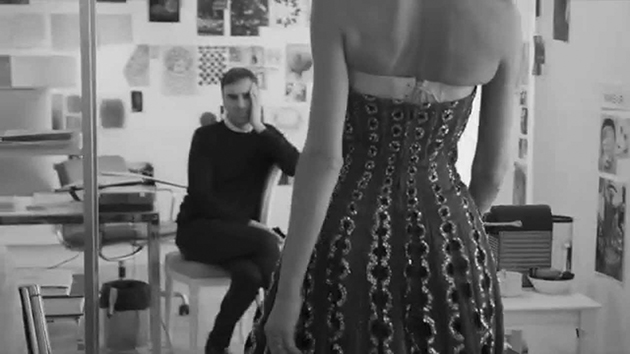
When designers decide – or accept – to go on camera, they are putting forward their image, their name, themselves. Authenticity is surely one of the core issues that comes up while watching these kinds of movies; as Worth’s official photographies were designed in every detail – he choses to depict himself as a createur, appropriating of the symbols traditionally belonging to artists, rather than a clothes-maker – so designers today use the means they have to convey their message, and everything has to be camera-ready. Another issue indirectly brought up by these kind of movies is power or, better, powers: what is the story? who decides how to tell it? what is real and what is made up? what kind of public does the film address?
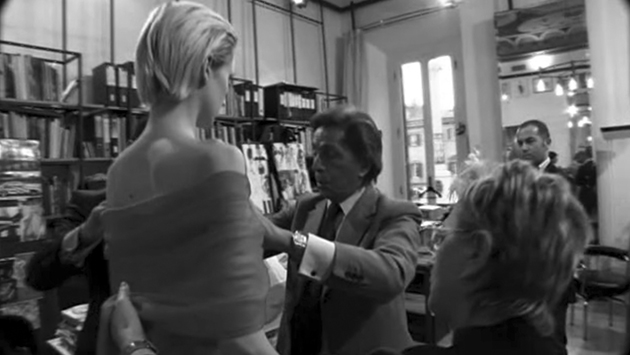
Movies as Giorgio Armani’s Made in Milan directed by Martin Scorsese, and Yohji Yamamoto’s Notebook on Cities and Clothes by Wim Wenders are not just documentaries, but carry the mark of the strong and recognisable hand of famous directors: in these two films the centres of power clearly emerging right from the beginning are two. That of a designer who wants to put himself under the limelight, and that of a well known director with a precise and personal project. Alternatively, Valentino’s ‘The Last Emperor’ is more ‘naive’ in its representation; it seems a straightforward documentation of the conclusion of a process, the last effort of the designer before his retirement. After an event as grand as his exhibition at Ara Pacis in Rome, it is not surprising that he choses a closing line so peremptory as ‘après moi, le deluge’: the end of an era, whose very last minutes are frozen in the film as they were lived, in their greatness and in their reality.
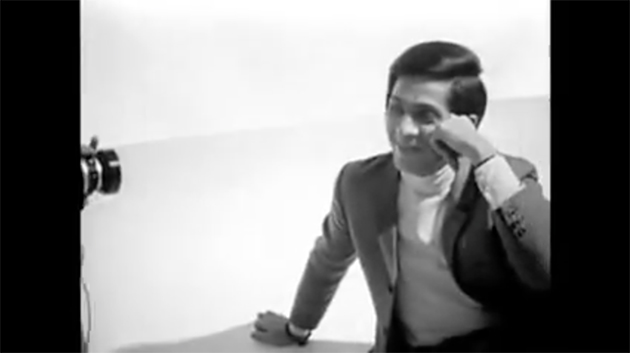
The most recent movie that has appeared is Dior and I, which documents quite the opposite of what Valentino did. It reports the very first experience of Raf Simons as designer of Maison Dior. It goes back and forth betweens Simons’ work on his first house couture collection and the thoughts of Christian Dior as written in his autobiography ‘Dior et Moi’. The film is complex above all in what it does not say: it was made after a tumultuous period for the French fashion house, that was in search of a voice that could bring the maison forward, re-establishing a link with its roots. Interestingly, the film doesn’t mention the Galliano scandal.
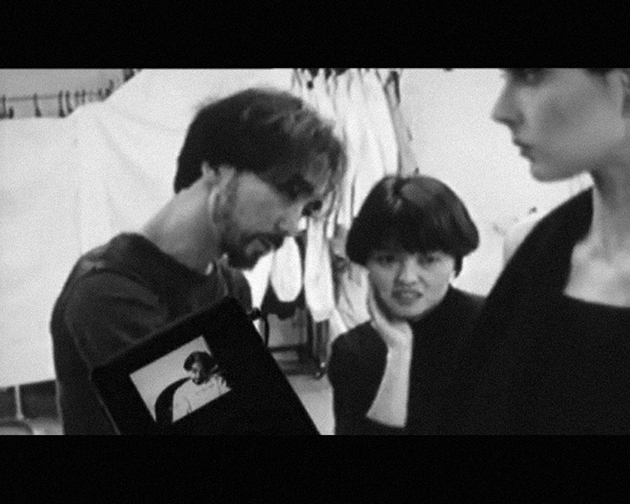
Even though they seem to enter a process in medias res and freeze a practice that is quite cyclical and repeats itself, with some natural variations, every six months, these films engage with milestones, rather than with the everyday; notwithstanding this, the repetitive patterns are the one on which directors and designers rely to convey authenticity, also in its historicised symbols: the toile, the patterns, the whole atelier as narrative topos. The matter does not end up here, though. These poles of power are just the most accessible and immediate – the designer, the director, the ‘moment’ captured by the camera. And authenticity is not something that can be measured by simply sticking with definitions – movie, reportage, documentary. Since the stories are based in real life, there are many other actors, both on and off the screen, and many implications that contribute to the narrative; there is no key to the ‘right’ reading of these films. It is up to the public to chose how to engage with them. What is sure is that they can be considered as a material to critically engage with design, and complicate the reading of relationships, society and culture.
Marta Franceschini
